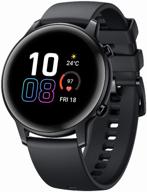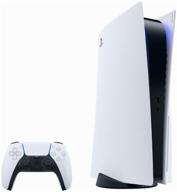
Review on Tokina AT-X PRO DX 11-16mm Ultra-wide Angle Lens for Nikon - AT-X116PRDXN by Azeem Mendez

Great lens and Nikon competitor - just get it
This review is for the Tokina AT-X 116 Pro DX AF 11-16mm f/2.8 lens For the Nikon version of the lens. It seems Revain sometimes mixes reviews of the Nikon and Canon versions. I am a part-time professional photographer and a loyal Nikon customer. I buy Nikon because I just love this brand in all its forms. For many years I didn't want to buy lenses from other brands. Everything has changed since Tokina 11-16 2.8. In fact, I am now carefully considering alternatives to Tokina and Sigma (although Sigma has a bad reputation due to the mechanical failure of the focusing mechanisms after 2 years of lens use). The build quality of this lens (made in Japan) is tank equivalent. It is equal or superior to any professional Nikon lens. It clearly outperforms the Nikon 10-24mm f/3.5-4.5G ED AF-S DX Nikkor wide-angle zoom lens for Nikon DSLRs that I own. It's also heavier, although well balanced on my Nikon D300 (used with the MB-D10). The Tokina 11-16 is incredibly sharp wide open at 2.8. However, some (not widespread) design changes have been reported. Therefore, test your lens in the first 30 days with various focus diagrams and tests under real conditions. I've taken over 900 shots with this lens and have experienced very few performance issues throughout the zoom range. Of course, as with any lens, stopping down increases sharpness. Sharpness at 2.8 is great though, with a slight softness to be expected at the extreme corners, although barely noticeable on my sample and better (IMHO) than the Nikon 10-24. Light attenuation is minimal in real applications. But I'm sure if I took a photo of a white wall I could analyze the results until I was blue in the face, but in a real photo no one would ever notice. Distortion on this lens is typical, as expected, but reasonable. This is easily fixed in Nikon Capture NX2, Lightoom 3 or 4 and Photoshop CS5 or CS6. Chromatic aberration is evident on this lens, as on many other ultra wide-angle lenses. This is also easy to fix in post-processing. The overall IQ of the lens is very good at all apertures and focal lengths. The autofocus is fast and accurate in combination with the Nikon D300s. In most cases you can focus within 3 feet. Some reviewers of the Canon version of this lens have reported autofocus issues. However, I haven't read anything about Nikon versions that have similar problems. This lens is not intended for entry-level Nikon DSLRs without focus motors as you can only focus manually. The main advantage of this lens for many is probably the 2.8 aperture. In combination with excellent optical quality, lower price and better processing, the Nikon 10-24 loses in my opinion. The only downside might be the limited focal length. It's not a human lens unless you're shooting for a very specific effect. This is a landscape/architectural lens. Another suitable lens alternative (depending on focal length) with a slightly wider focal range is the Nikon AF 12-24mm f/4 AT-X 124 Pro DX II lens. At f/2.8 you lose 1 mm at the short end, but at f/4 you gain 8 mm at the long end. This is a much better range of focal lengths, in my opinion, suitable for editorial and everyday portraits. $200) Nikon 10-24mm advantages over Tokina 11-16: - Wider 10-24mm coverage than 11-16mm - not that big of a deal in real world applications - AF-S focusing - Nikon's reputation (especially in QC) - Five year warranty vs. three years. The lens is the clear winner.
- Pleasant
- Almost everything is here
New products
Comments (0)
Top products in 👓 Lenses

Nikon 50mm f/1.8D Lens: Perfect for Nikon DSLR Cameras!

97 Review
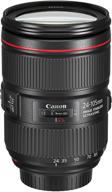
Black Canon EF 24-105mm f/4L IS II USM Lens - Model 1380C002

78 Review
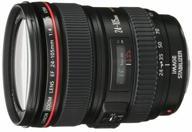
Canon EOS SLR Camera Lens EF 24-105mm f/4 L IS USM

124 Review
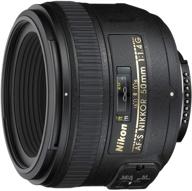
📷 Nikon AF-S NIKKOR 50mm f/1.4G Lens with Auto Focus: Perfect for Nikon DSLR Cameras

76 Review




